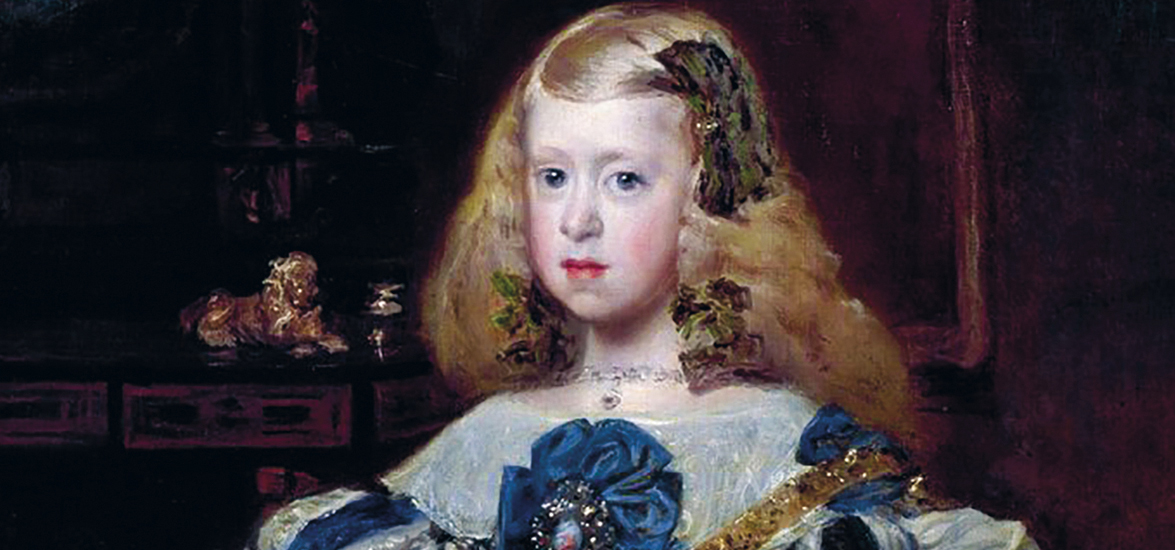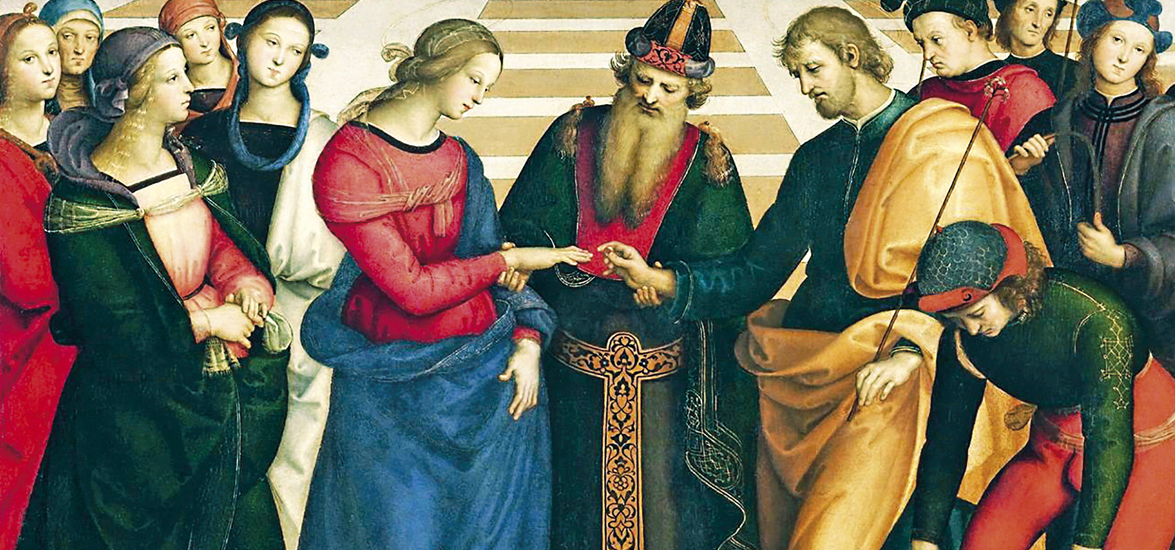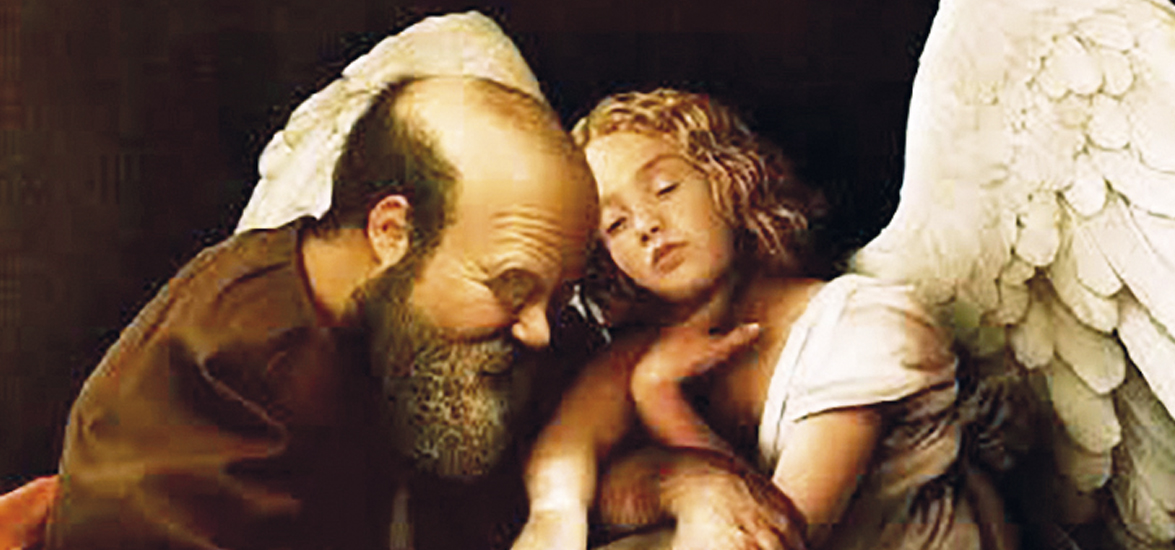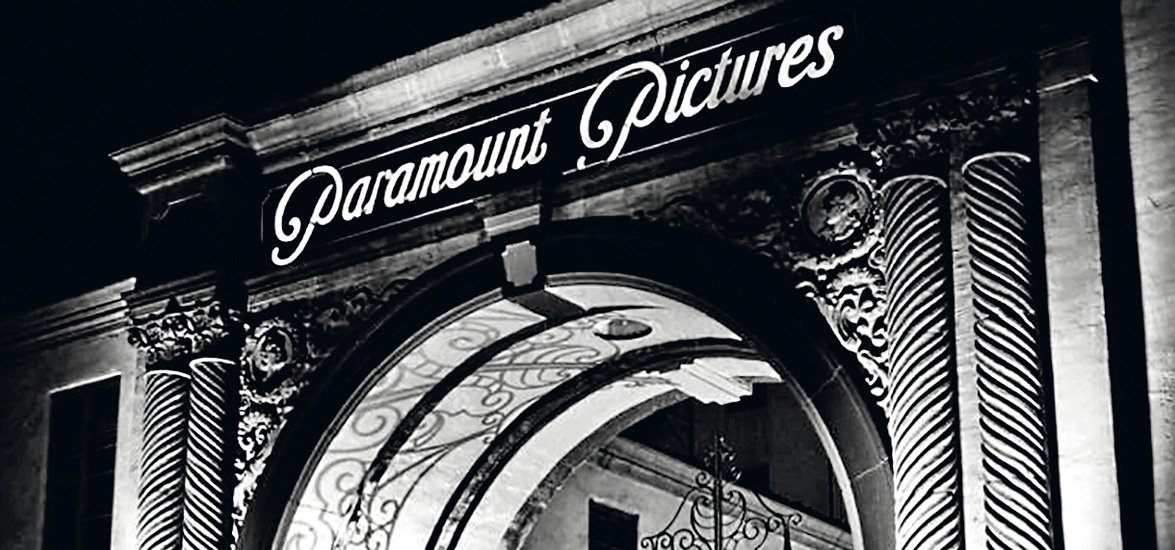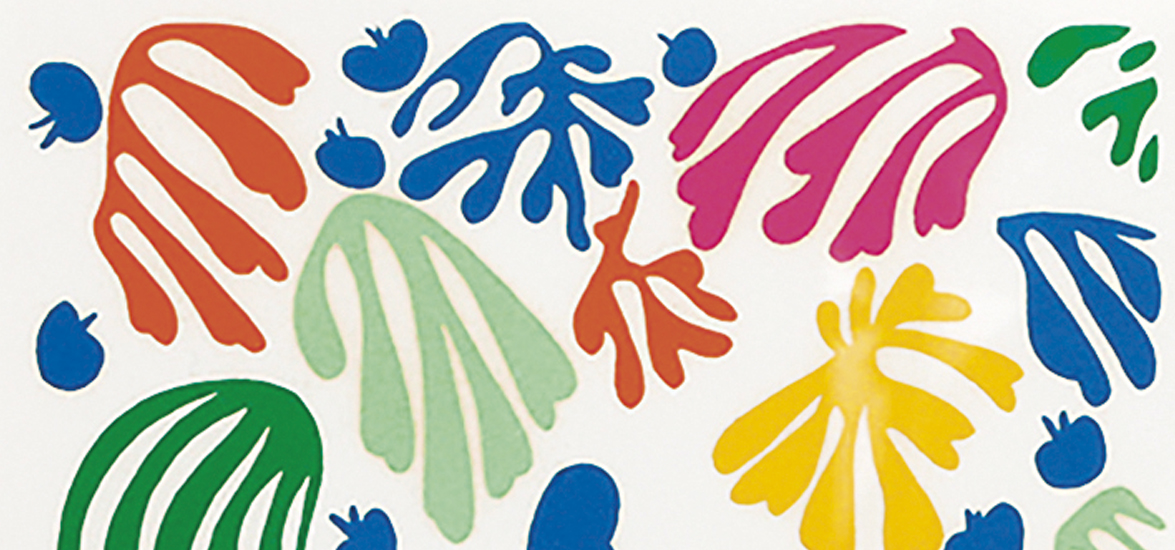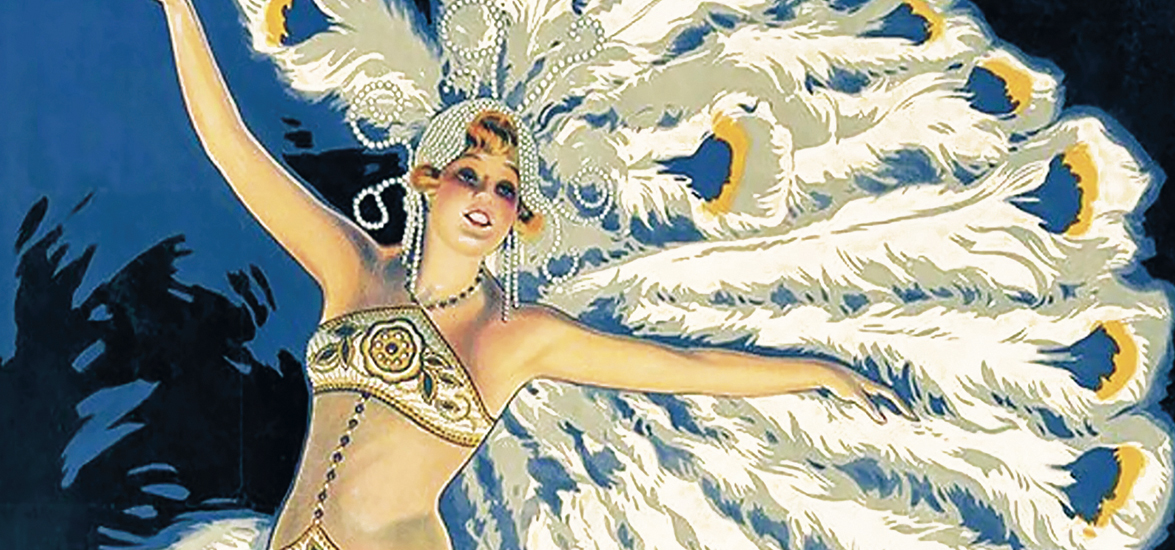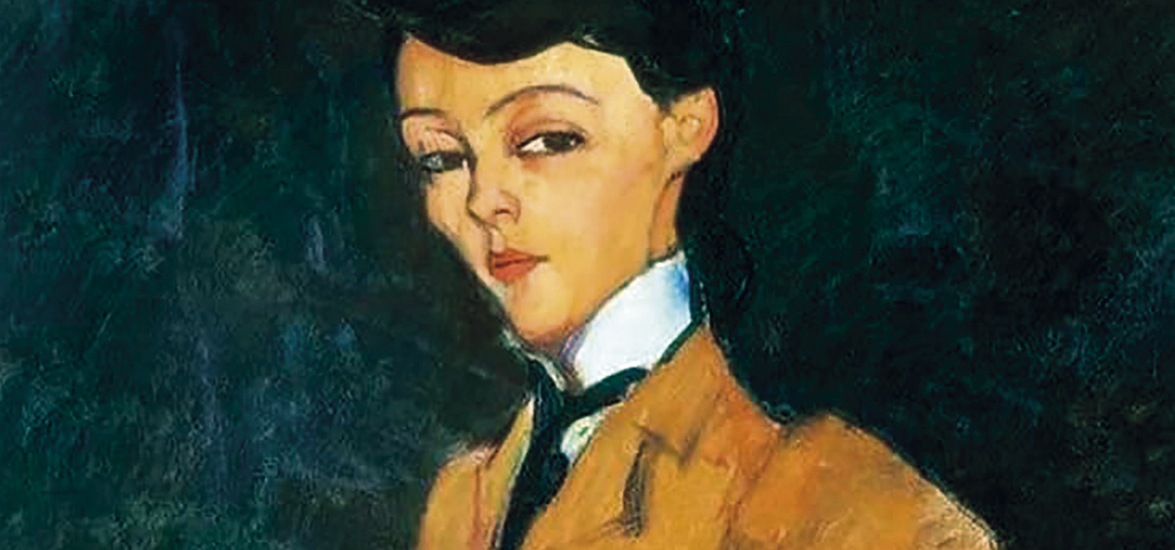
Modigliani
Modigliani said to me time and again that he wanted a short but intense life. Jacques Lipchitz, 1954 AMEDEO MODIGLIANI (1884-1920) got his wish. He died of tuberculosis, aged 35, in Paris. But his health was shattered by drink and drugs. Yet in that ‘short but intense life’ he created sculptures and figurative paintings of classical beauty. His life was almost a caricature of the bohemian artist in novels and opera: consumptive, subversive, poetic (‘I never met a painter who Read More

